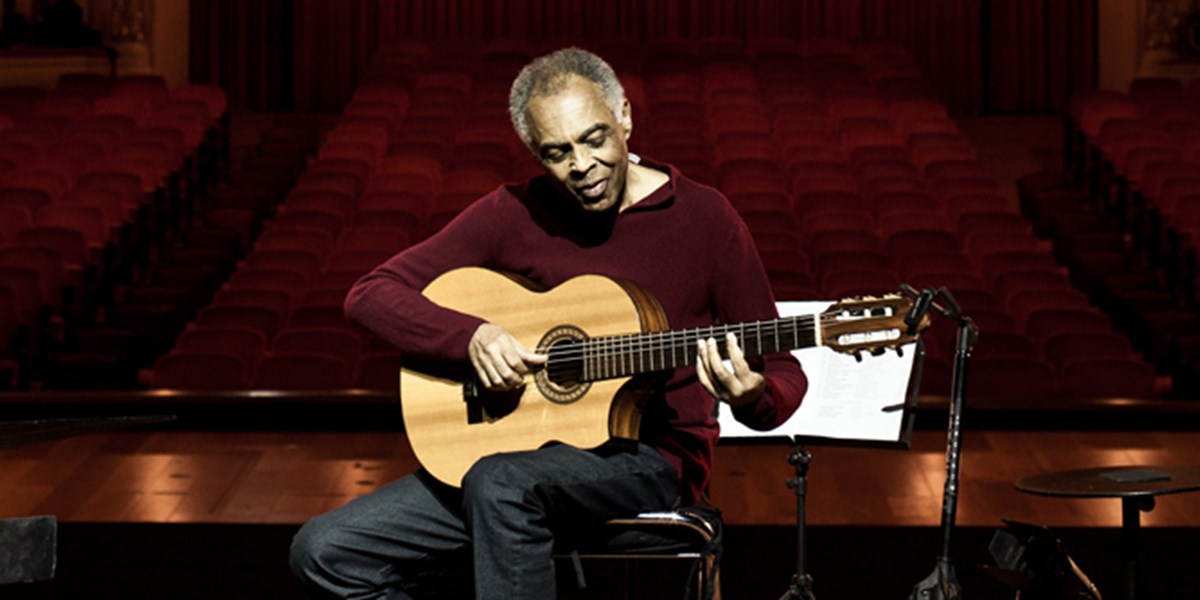Friday, February 16, 2018
Gilberto Gil: “We wanted to question how Brazilian society was constituted – the ethnic make-up of Brazil”
Gilberto Gil speaks to Alex Robinson about the 60s tropicália movement and how he has tried to bridge the gaps in Brazil’s class-ridden society


Register now to continue reading

Thanks for visiting the Songlines website, your guide to an extraordinary world of music and culture. Sign up for a free account now to enjoy:
- Free access to 2 subscriber-only articles and album reviews every month
- Unlimited access to our news and awards pages
- Our regular email newsletters

